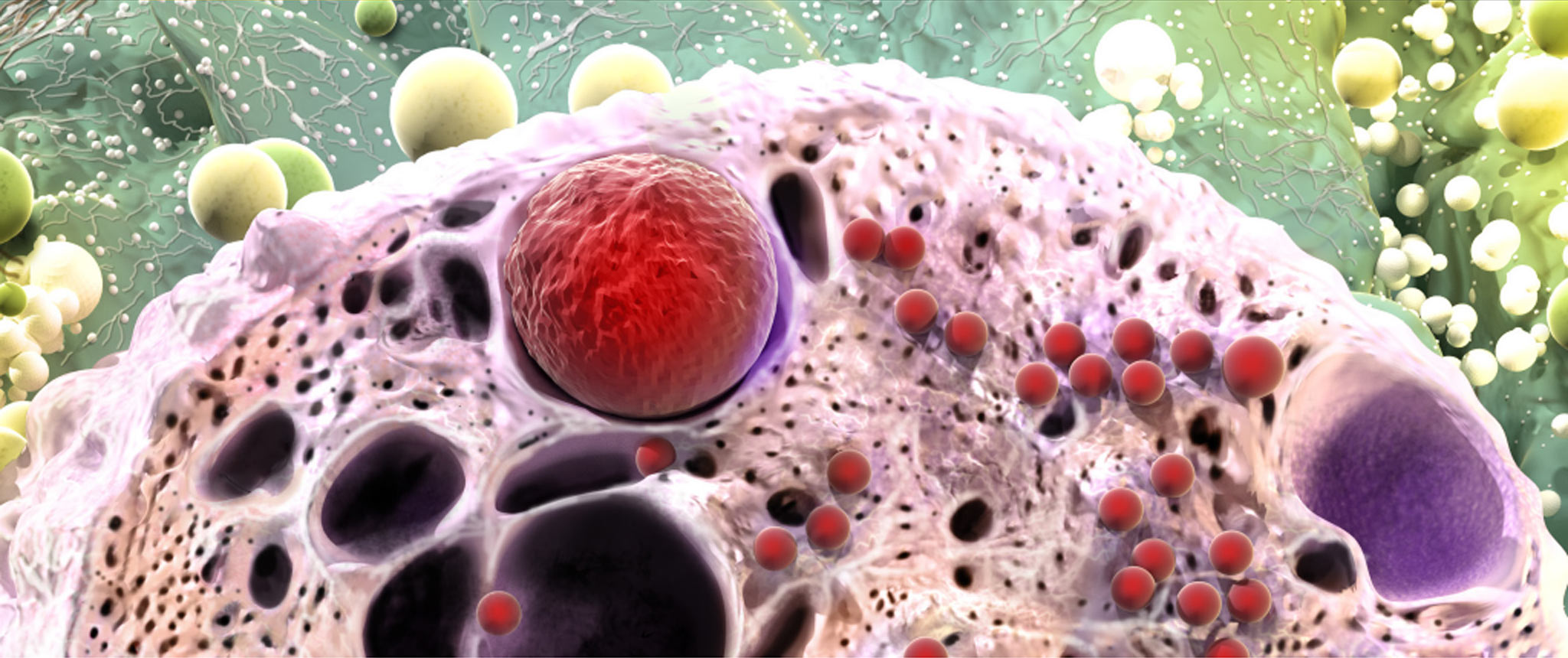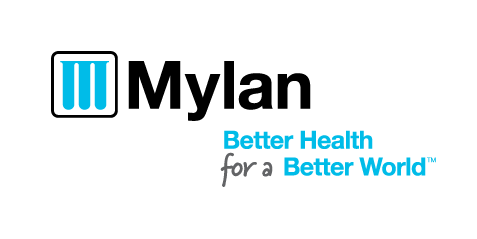
What is PEI?
Pancreatic exocrine insufficiency (PEI) occurs when the pancreas does not produce enough digestive enzymes or when insufficient amount of enzymes are secreted into the duodenum, resulting in maldigestion, and possibly malabsorption and malnutrition.1
Patients with PEI usually present with abdominal pain, diarrhoea, nutritional deficiencies, and unintentional weight loss.1
PEI increases the risk of malnutrition, which may impact the outcome of the underlying disease, affecting mortality, morbidity and quality of life.2
Lack of digestion leads to an inadequate absorption of nutrients.1 Left undiagnosed or inadequately treated, PEI can lead to:3
- Weight loss, malnutrition and fat-soluble vitamin deficiencies (A, D, E, and K)
- Increased risk of osteoporosis
- Increased risk of cardiovascular (CV) events
- In chronic pancreatitis patients increased CV risk may result from reduced plasma levels of high-density lipoproteins, which are protective factors against atherogenesis
FACT
The pancreas has a large exocrine functional reserve capacity, so clinical symptoms may not manifest until exocrine pancreatic function is less than 10% of normal.
Singh VK, et al. 20174
References
- Smith RC, Smith SF, Wilson J, Pearce C, Wray N, Vo R, et al. Australasian guidelines for the management of pancreatic exocrine insufficiency. Australasian Pancreatic Club, October 2015. pp 1-122.
- Ockenga J. Importance of nutritional management in diseases with exocrine pancreatic insufficiency. HPB (Oxford). 2009;11(Suppl 3):11-15.
- Sikkens EC, Cahen DL, Kuipers EJ, et al. Pancreatic enzyme replacement therapy in chronic pancreatitis. Best Pract Res Clin Gastroenterol. 2010;24:337-47.
- Singh VK, Haupt ME, Geller DE, Hall JA, Quintana Diez PM. Less common etiologies of exocrine pancreatic insufficiency. World J Gastroenterol. 2017;23(39):7059-7076.


